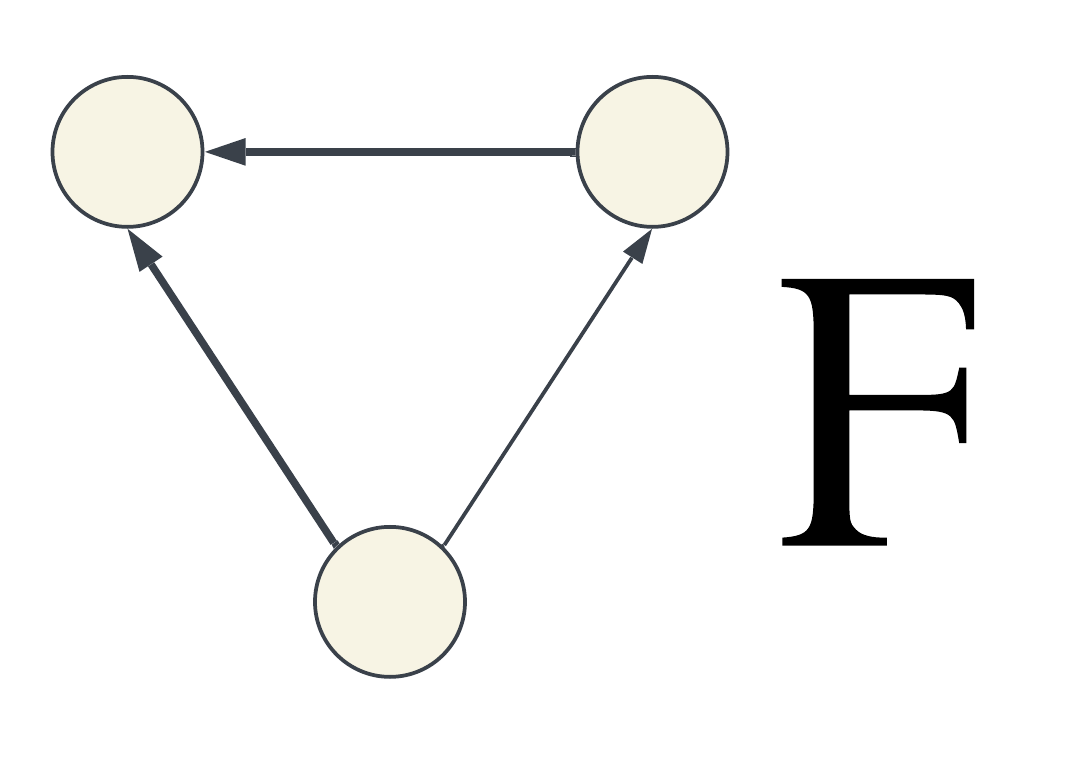I started the composition of the Theory-Network from Systems exists. While the title lends itself to Luhmanns dictum at the start of his first grand epitome, that suspends epistemological skepticism to this one thing to get the theory starting. The formulation lends itself to Millidge, Seth and Buckley ‘A Mathematical Walktrough and Discussion of the Free Energy Principle’. In that somewhat accessible article they arrive at the Free Energy Principle and Active Inference by a number of additions - assumptions, conditions, compositions - to the starting assumption: “Existing dynamics (System) can be expressed in terms of a Langevin stochastic differential equation.” They follow somewhat closely the composition that Karl Friston uses to build his ‘theory of every ‘thing’ that can be distinguished from other ‘things’ in a statistical sense’ (2019: A Free Energy Principle for a Particular Physics, abstract). The mathematical steps needed to arrive at the Free Energy Lemma are abbreviated in the flow diagram below found in Millidge et al. p4.
The discussion seemed to be the perfect starting point for the composing of the theory-wiki. And: the mathematical walktrough needs far less mathematical and physical background knowledge then the monograph of Friston. Bonus: In their appendix they list assumptions needed for the formulations. These build up the first cluster of sentences. For the Langavian equation the most assumptions are about the noise and its covariance . They assume rather uniform noise centered around the mean (Gaussian). They also assume a dynamical stability: The non-equilibrium-steady state, usually shortened to NESS.
In the further composition this state will be continuously reproduced to the inherent solenoidal flow of the systems dynamics. We could picture the system living in a mountainous landscape (a vector field) in which in the most parts a gradient pull towards a valley acts on the system (gradient flow). The systems solenoidal flow balances the system on a circular trajectory that lets it maintain its operations on a path around the same height. It path direction is thus orthogonal to the local gradient. The landscape of flows has usually far more dimensions then the three used in the analogy. And the solenoidal flow is only maintaining balance in a few dimensions while the landscape, the world, tends to change some many more dimensions in quite different timescales. The stability we need to assume for the Langavian and following formulations is thus not vulgarly stable. It allows and anticipates a lot of changes; it assumes systems that maintain a changing stability while mitigating and learning from changes in the environment and, the active part, change the environment according to their needs.
For the composition of the theory-wiki I will first continue the path taken by Millidge, Seth & Buckley. After that I plan to integrate the ‘low path to active inference’ from ‘Active inference: the free energy principle in mind, brain, and behavior’ by Parr, Pezzulo & Friston. In a similar vein hits the build up that Oleg Solopchuk takes to active inference in his Tutorial on Active Inference. Here connections to staple theories of physics and informations-theories etc. are and can be made. That should conclude the gist of the theory. From there-on-out I - or as I really hope We - could depart to the change the key sentences following the newer mathematics in the developments in the process theories; Or integrate the quantum information theory by Chris Fields and Colleagues.
Most likely I will rather start by building my bridge to the sociological systems-theory by Niklas Luhmann in the advancement achieved by Peter Fuchs. And only after building some dozens of sentences that contact or almost touch the Active Inference part will look how the Active Inference literature deals with the social and how their solutions could be used to further my synthesis or where it seems that the sociological systems-theory can offer superior solutions.
